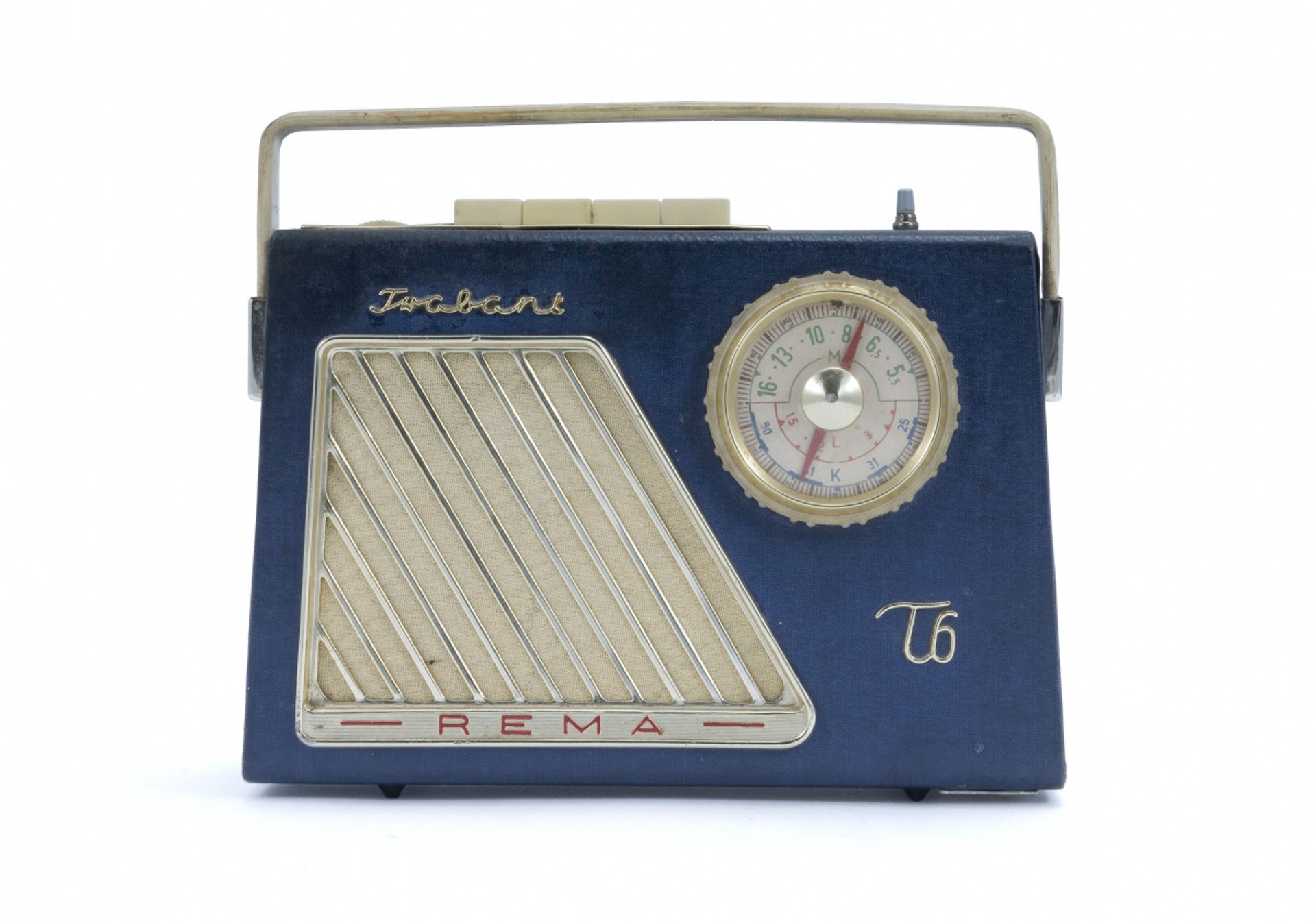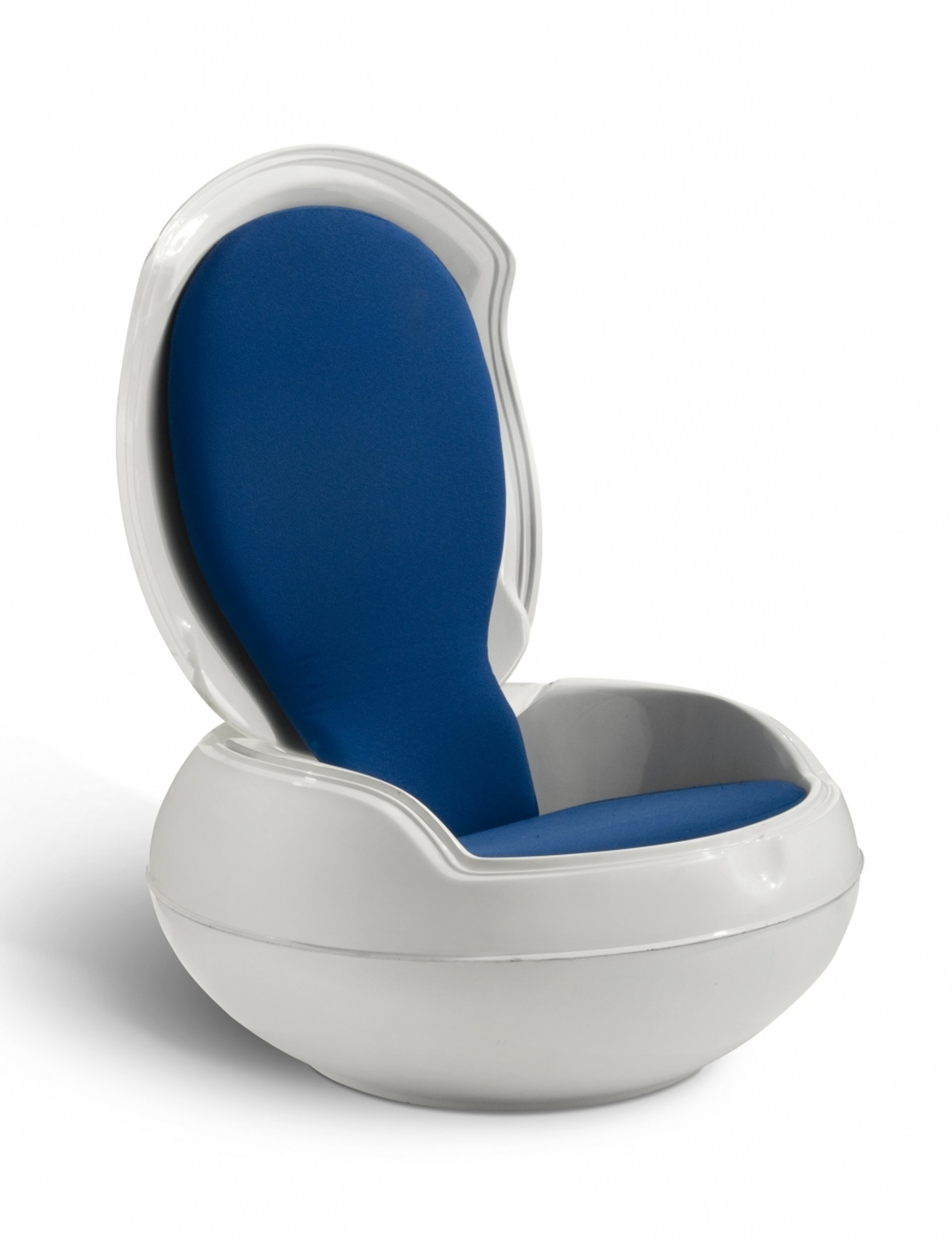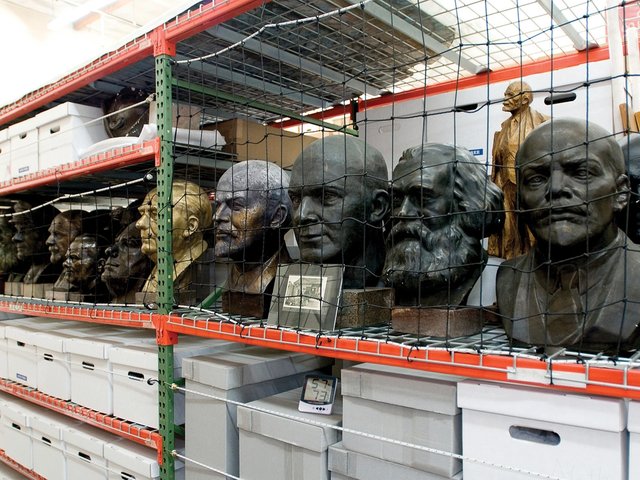Florian Henckel von Donnersmarck, the Academy Award-winning director of The Lives of Others, the gripping 2006 film about the Stasi, told me after he moved from Germany to Los Angeles that the true characteristics of East German objects are never clearer than when they are placed beneath a palm tree.
In contemporary Germany, everyday items from East Germany are typically seen in flea markets and viewed as junk. When they are removed to a faraway and strikingly different locale, the burnt-orange hues of Eastern Bloc plastics, for example, look worthy of inquiry. Contours and subtleties cannot be perceived or understood in a vacuum. It is only by comparison—at its furthest extreme, paradox—that nuances and essences are revealed.

As director of the Wende Museum, I oversee one of the world’s largest collections of Soviet and East European artefacts—works of art, archives and ephemera—in a sunny enclave a few miles from the beach in Los Angeles, right next to the cemetery where Bing Crosby, Rita Hayworth and Sharon Tate are buried.
“Wende” is a German word that means transformation, change or turning point. It has been used to describe the fall of the Berlin Wall and the transition to a post-Cold War world in which text, visual expression, media and ideologies have become intertwined.
Many marble-columned cultural institutions, legacies of a bygone era, have struggled to adapt to such rapid shifts. Proprietary adherence to a particular way of doing things has discouraged artistic adventures, whereas Los Angeles has a history of subversion. What sounds unusual or odd anywhere else is right at home here amid rickety wooden and plaster structures (at least until the next earthquake comes).

The Center for Land Use Interpretation combines geographic research with artistic intervention, creating a space where scientific discovery and high concept coexist. Next door is the Museum of Jurassic Technology, which appropriates and exploits museological taxonomies, challenging museum-goers to ask questions about hierarchies, authenticity and truth. It makes places that just put paintings on walls seem downright obsolete.
The Wende Museum is an educational centre with a historical collection that works with contemporary artists to create new conceptual links. The street artist Retna colour- matches our red banners for a mural; Turner Prize-winner Jeremy Deller presents the Wende’s Russian-privatisation share certificates in his installation for the UK pavilion at the Venice Biennale; Thomas Demand is preparing a collection of East German artefacts for an exhibition next year in Milan’s new Rem Koolhaas-designed Prada Foundation.
In 2016, the Wende Museum and its Cold War collections will relocate to the former Culver City National Guard Armory, a concrete and steel structure built in 1949, the year East and West Germany were created. It comes with two above-ground fallout shelters, with air-filtration systems intact, if not functional (they never were). If that is not a paradox, it is poetic alignment.
Renovation of the landmark mid-century building is being overseen by the publisher Benedikt Taschen, the designer Michael Boyd and the architect Christian Kienapfel. Whereas the Cold War was filled with intrigue and closely guarded secrets, the plans for the new space prioritise transparency and access to the collections, most of which will be on view (via an open storage model).

The building will have large exhibition spaces, research laboratories and a sculpture garden on a one-acre site midway between the Culver exit from the 405 freeway (an important co-ordinate for car-centric Angelenos) and downtown Culver City, an art hub.
Southern California experienced explosive population growth during the Cold War, fuelled in part by the rapid expansion of two related industries: the military-industrial complex and mass media. The armoury is in the Veterans Park neighbourhood, which was populated by employees from the defence industry. Across the street is the former backlot of MGM Studios, which produced Gone with the Wind and The Wizard of Oz (both opened in 1939), as well as the 1984 Cold War fear film Red Dawn (MGM distributed it with United Artists), in which Soviets (and fellow travellers from Cuba and Nicaragua) invade the US.
A few decades later, the parable comes true. Except in this formulation of the plot, it is the cultural products of the USSR, not crazed commies, that are moving in. In turning swords into ploughshares, an armoury that was built in preparation for an apocalypse that never came will now be a centre for cultural exploration. That is one big, lovely paradox, Los Angeles-style.
• Beyond the Wall: Art and Artifacts from the GDR, Justinian Jampol (ed), Taschen, 904pp, $150 (hb)


